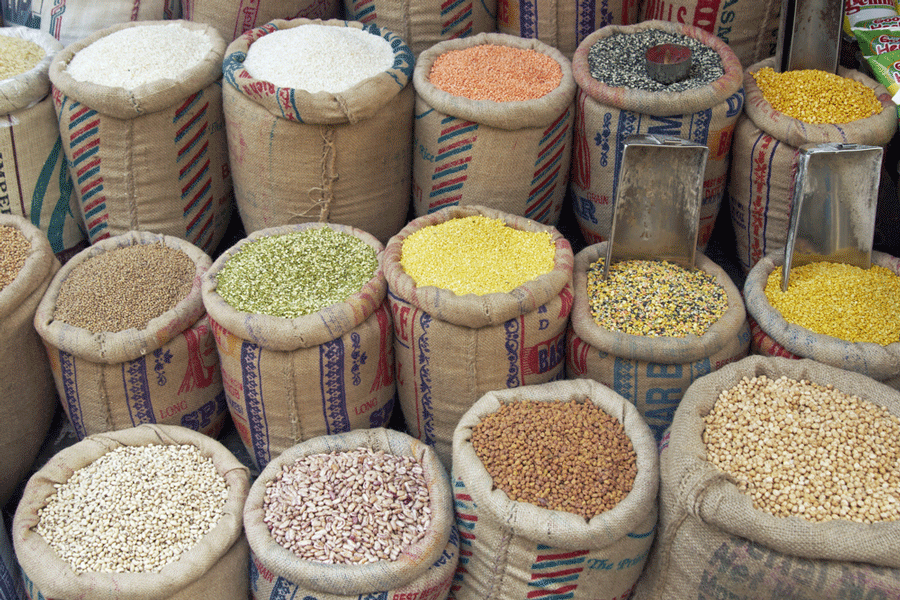The increase in dal prices ahead of Durga Puja is pinching the pockets of common people in Odisha.
In the last three months, the price of arhar dal (toor dal) has gone up by Rs 50. The arhar dal, which was sold at Rs 130 in July, touched Rs 180. The steep prices have hit the budget of various Durga Puja committees.
Besides the arhar dal, prices of other pulses like Biri dal (split black gram) and Moong dal (green gram beans) have also gone up, taking the dal out of the menu of the common man.
Saheed Nagar Durga Puja Committee secretary Sachi Nandan Nayak told The Telegraph: “We used to give Khhedii (a kind of rice) and dalma (made of dal and vegetables) as prasad to nearly 500 people every day for three consecutive days during Durga Puja. But considering the price rise of dal and even vegetables, we have to look at our puja budget or lessen the distribution of prasad to the devotees.”
According to the state government sources, Odisha’s requirement for pulses hovers around 9.3 lakh to 9.4 lakh tonnes.
However, Odisha produces only 80,000 to 90,000 tonnes of pulses. While the farmers keep around 40,000 to 50,000 tonnes of pulses (dal) with them for their consumption, the rest comes to the market.
Besides, dal production over the years has come down either because of erratic rainfall or a lack of government support for the farmers who grow pulses.
Secretary-general of Odisha Byabasayi Mahasangha, Sudhakar Panda, told The Telegraph: “All the big corporates have entered the consumer item business. They are procuring huge amounts of dal during the time of harvesting and hoarding it. That has led to an increase in the prices of pulses. They decide the market factor. Every three months, they target a product and suddenly the price of that item goes up. Both the Centre and the state governments are aware of it. But no one initiates any action to bring relief to the consumers.”
A senior official of the food and consumer welfare department said: “We are keeping a watch on the market. We will take strict action if we get information on the hoarding of dal.”










